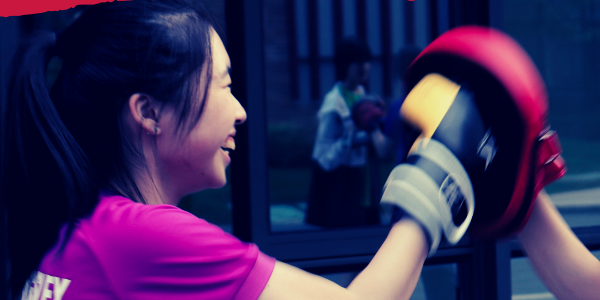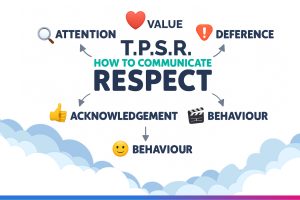When we talk about why we wanted to become teachers, we talk about
passion,
enthusiasm,
commitment.
Most of us also talk about having a teacher who inspired us, usually in the subject we decided to teach
and how we wanted to become like them.
We are then likely to talk about how we hope to become a role model, inspiring our students much in
the same way we were inspired.
Of course, we can sometimes fall into a dark hole, not feeling like much of a role model, struggling to
inspire ourselves to go to work, never mind inspiring our students.
However, I feel very lucky that in my role as a PE teacher this has not been the case – especially since I
moved to teach internationally.
Indeed, in making one of the biggest decisions of my life, I feel I have become a role model for my
female students – being a woman in the PE world worked to my advantage.
The first impact I made came when I started teaching in Malaysia where PE for girls was not seen as an
important subject.
Males should be clever and strong. For females, the part about being strong was less important.
As such, my classes would be very split between males and females. Most males would be very involved
and competitive, whereas females would ‘forget’ their kit or barely try.
So I took baby steps to get girls involved, often allowing the girls to choose their own teams, work
separately from the boys, and also minimise competition. Many of the activities I taught, would focus on
participation, how many different activities could girls experience in one term? How many different girls
could work together to complete a task? When studying a games unit, the score in a game would not be
the main focus. We would instead focus on how well students contributed to their team.
The Sports Education Model was perfect for this teaching style! Students could choose the roe they wished to fulfill.
For example, in basketball, some students did not enjoy playing competitively but they were very skilled,
and they would enjoy teaching their friends and helping them improve. Therefore, they were best suited
to a coaching role. Other students had a fantastic understanding of the rules, so they would act as umpires.
Other artistic pupils would design team badges. All of this combined helped the students feel part of a
team. They wanted to achieve together, and I found this meant they would do their job to their best
ability and also participate in practices and games for the good of their team. I would also get involved
myself so that students could see an active female.
Feedback was kept VERY POSITIVE and technique fairly basic to begin with.
A turning point for both primary and secondary PE was when girls got competitive among themselves
and others. This took time, but I feel the girls not only recognised their progress, but they also felt
comfortable as part of the class and part of their team. Over time a safe learning environment where
mistakes were learned from was created.
At secondary school level, we had female-only sports and physical activity clubs to give girls ownership.While this was all happening in secondary school, at the primary level I was able to take a different
approach: I did not need to divide activities by gender so girls could play football and boys could dance
without any comments.
What’s more I made sure there was a culture that valued all participation and did not allow stereotypes
to cloud their enjoyment of PE: You would never hear me say, “Don’t throw like a girl” of course but
most importantly, I challenged any teacher or parent who did follow stereotypes or make such
comments. This was tough at times, but I was protesting for my students. I would say my first-year teaching in Asia was a fight against gender stereotypes. Some teachers did not realise the power of their words and I had
to highlight the issues. Some teachers needed showing that females can be just as good and do just as
much, I was happy to take on any challenge!
By the time I left the school, girls had as many school sports teams as boys, and girl participation was at
an all-time high.
I myself moved to teach in China and was immediately faced with a similar problem on low PE
engagement from female pupils.
The majority of female students did not want to exert themselves and were rarely motivated by
competition. I used the same techniques as in Malaysia and produced similar outcomes.
This showed the importance of involving females in sports and physical activities from a young age: encouraging them to participate and compete against themselves and others, teaching them it is good
to win and lose, and teaching them to be resilient individuals and team players.
Just as in Malaysia I found that at the primary level I found it was easy to teach males and females this
together.
Maybe if we get this right at the primary school level by disregarding gender stereotypes, the battle will
be easier at a secondary level.
Overall I can gladly say that as I worked with female students more, girls become more interested in,
and enthusiastic towards PE.
I can honestly say that I believe this was because the girls were not influenced by any stereotypes and
they saw a confident, active female role model who showed them that girls could be active, strong and
competitive.
I had fulfilled one of my roles as a PE teacher by simply being myself. I hope more female PE teaches
around the world recognise how important their role is in inspiring girls in PE.

This Girl Can.
Rachel Ford
•
July 10, 2021

It’s Just a Game: By Whose Account?
Rachel Ford
•
January 10, 2021

How I Brought a Love of PE to Reluctant Female Learners
Rachel Ford
•
November 15, 2020




